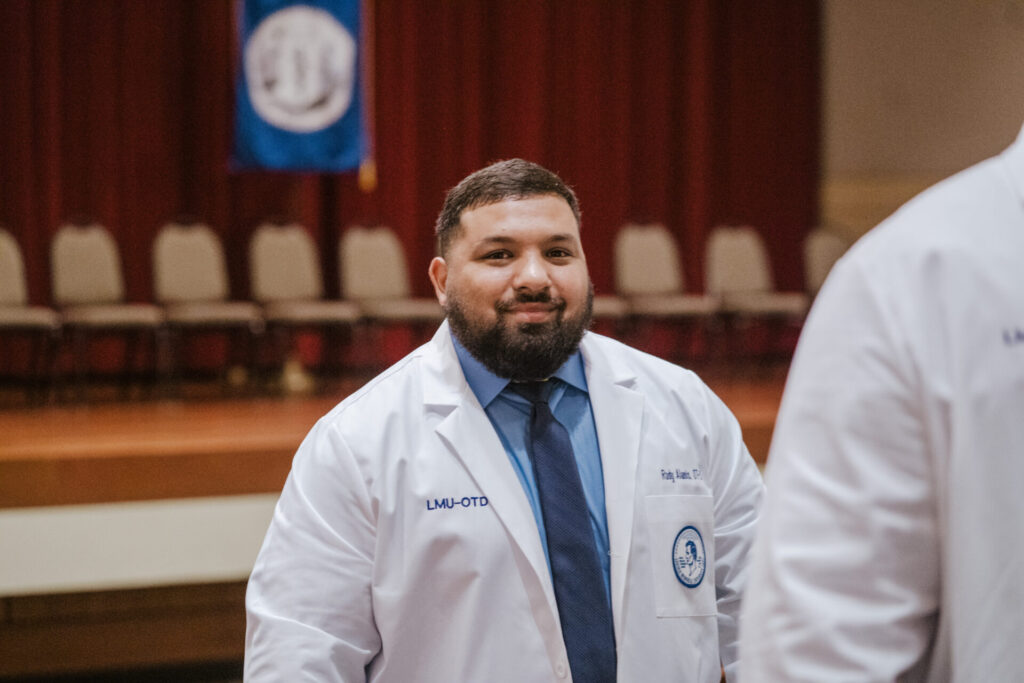- Find a DoctorDoctors by Specialty
- Cardiac Electrophysiology
- Cardiology
- Colon & Rectal Surgery
- Family Medicine
- Gastroenterology
- General & Vascular Surgery
- Gynecological Oncology
- Gynecology
- Infectious Disease
- Internal Medicine
- Interventional Cardiology
- Interventional Radiology
- Nephrology
- Neurology
- Neurosurgery
- Obstetrics & Gynecology
- Oncology
- Oncology & Hematology
- Orthopedic Surgery
- Otolaryngology
- Perinatology
- Psychiatry
- Pulmonary Medicine
- Radiation Oncology
- Rheumatology
- Sleep Medicine
- Thoracic Surgery
- Urology
- View All Doctors
- Our ServicesMedical Services
- Bariatric Services
- Behavioral & Mental Health
- Breast Care
- Cancer Care
- Critical Care
- Ear, Nose, & Throat
- Emergency Services
- Gastroenterology
- Glossary
- Heart Care
- Home Care
- Hospice & Palliative Care
- Imaging & Diagnostics
- Long-Term Care
- Nephrology
- Orthopedics
- Primary Care
- Rehabilitation Therapies
- Robotic-Assisted Surgery
- Sleep Services
- Spine Care
- Stroke Care
- Surgery Services
- Telehealth Services
- Urology
- Urgent Care
- Virtual Urgent Care
- Women’s Services
- Wound Care
- Our Locations
- Patients & Visitors
- About Us
Break the Fast
Although you may be tempted to skip breakfast, it is not a good idea. Weight loss motivation begins with breakfast.
Eat something: a piece of toast, fruit, etc. Your body’s metabolism rate slows down at night and does not speed up again until you eat something. If you wait until lunch to eat, that is four or more hours that your body is burning calories at a lower rate. Eat something soon after you get out of bed and your body will burn calories at a higher rate until lunch.
Also, don’t go more than about five hours during the day without eating. That causes you to eat more at mealtime. Eat healthy, low-fat snacks in between meals if you are going to go more than five hours without a meal.
Good Dental Care
Right after eating a meal, especially dinner, go brush, floss, and mouthwash, or chew gum so that your mouth is feeling nice and clean. This makes it less appealing to eat more (especially before bedtime).
Non-food Ideas to Deal with Hunger
If you get hungry at a non-meal time, try chewing gum, or drinking water or a diet soft drink. Some people just like to chew things, or have something to sip on. Chew gum while preparing meals or making lunch for the next day, to prevent you from nibbling food while it is right in front of you.
Allow Adequate Time to Eat Meals
Eat your meals away from the TV and other distracting places. You will enjoy your meal more, and it will take a little longer to eat the meal. Also drink at least two glasses of water or one glass of skim milk during your meal to help fill you up.
Fewer Calories Consumed (or More Burned) Results In Weight Loss
As a rough estimate, eating 500 calories less per day will result in about one pound of weight loss per week; 750 calories = 1½ pounds per week; 1,000 calories/day = 2 pounds per week. Keep a daily diary of calorie intake. Adjust fat, carbohydrates, and protein to stay within allotted calories per day.
Also, if you’re exercising you don’t have to cut back quite so much (i.e. you don’t have to eat 500 less calories per day if you eat 250 less, and burn 250 walking).
Stock Up on Healthy Foods
Keep healthy foods handy, like fruits (grapes, melon cubes, berries) or vegetables (baby carrots, broccoli, sugar snap peas) in the fridge. And eat only if you are truly hungry (not bored, tired, etc).
Keep A Record
Keep a diary of your eating and your feelings, far away from the kitchen. Document everything that you eat before you eat it. Describe how you feel health wise as you progress. Describe how you feel when you cheat yourself.
Try Soup!
Many kinds of soups are a great meal. They can be filling, tasty and healthy. However, store-bought brands can be high in sodium so read the label. Choose soups carefully when dining out; many restaurant soups can be loaded with fat and calories. For more soup and healthy food recipes, check out my recipe section.
Cut Back, Don’t Starve
Never starve yourself, especially before going out to eat (or you may binge). Also never skip meals. You must have some kind of nourishment regularly or your body’s starvation defenses will kick in, lower your metabolism, and store fat. Use nutritional meal replacements (like bars or shakes) instead of skipping or eating very low-calorie meals.
All Calories Count!
Don’t think that just because you are eating low fat/low calorie foods that you can eat all that you want. The calories still add up and must be burned off regardless of what kind of food you eat. Balance is key.
The bottom line is that in order to lose weight, you must either eat fewer calories than you are currently consuming, or, burn more through exercise!

























